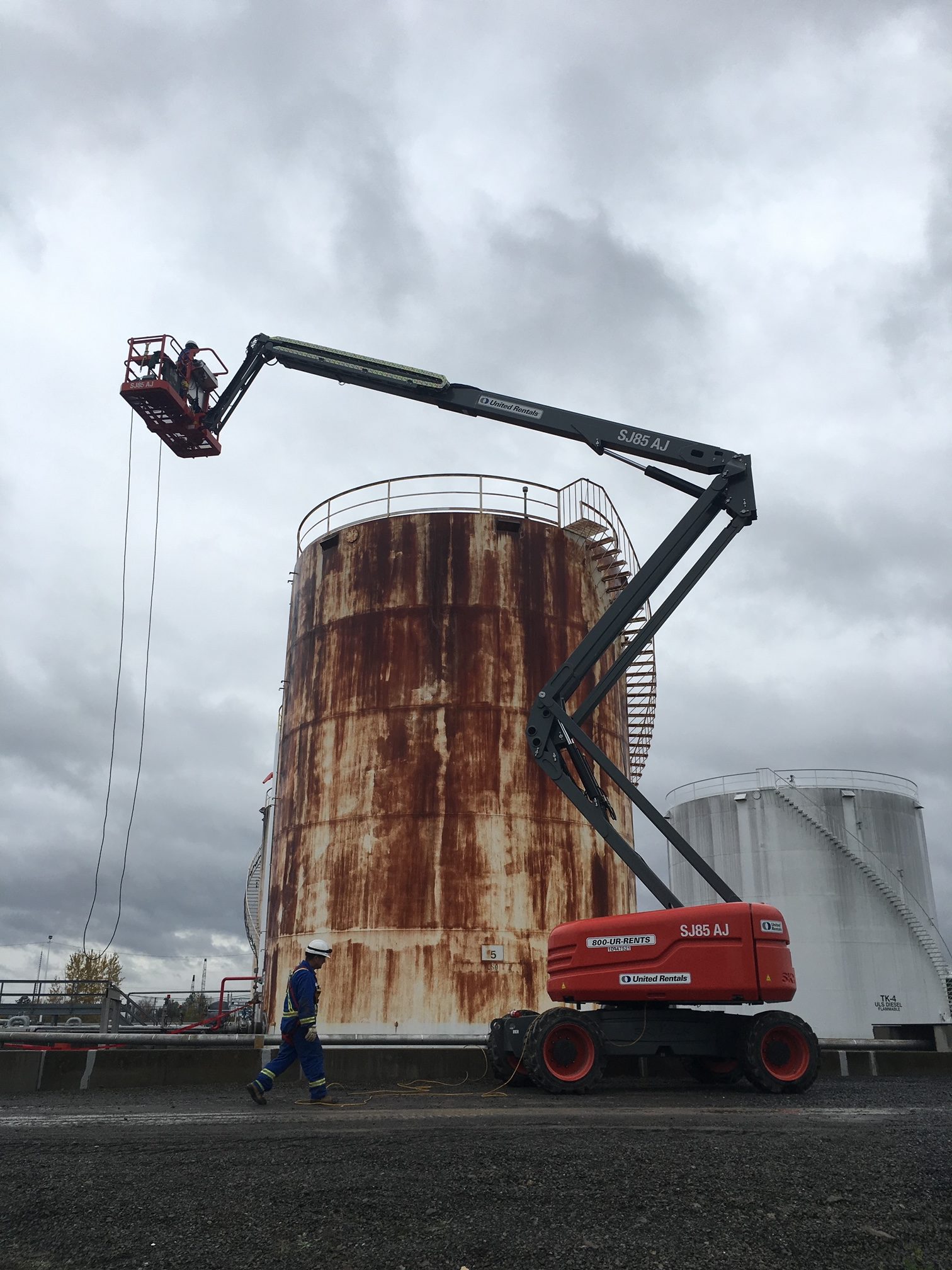
Once installed, petroleum storage tanks don’t appear to do much, which means they are often forgotten about. After a few years, they might get a fresh coat of paint if they are lucky. However, their condition is just as important for your business as other key pieces of plant or fleet equipment, and they deserve a lot more attention.
The expense of replacing tanks, the quality of the fuel drawn from them, and the extremely significant damages that might follow from leaks—contaminating groundwater, posing a fire risk, or releasing harmful gases—are three of the most compelling reasons to maintain them. It usually takes a lot of neglect for environmental hazards to develop, but it takes very little before the quality of the tank and the fuel it contains are degraded.
Here are three tips for protecting the value of your assets:
Keep a maintenance log
It may not seem like the most significant maintenance activity, but a log should always be the first course of action. Scrupulous record-keeping of every inspection and repair you conduct throughout the tank’s lifetime is valuable in several ways:
— It establishes a routine that ensures your other maintenance routines are never overlooked.
— As your maintenance crew changes, it informs new personnel about the checks and procedures they should be performing.
— If you are subject to environmental or safety inspections, it demonstrates your full compliance.
— If the tank is ever surplus, it will serve as a testament to its careful condition and will keep its capital value.
Protect petroleum quality with regular cleaning
No fuel is perfectly pure, and one of the most common contaminants is simple water. Water is often present when the petroleum is pumped from the ground and has countless opportunities to enter pipelines and tanks along the way. Although a degree of water is tolerable, it increases the risk of internal tank corrosion and the growth of bacterial or algal colonies. Corrosion and colonization, in turn, introduce solid particles into the fuel.
Another potential source of problems arises directly from the mixed chemistry of petroleum. While in storage, heavier hydrocarbons frequently settle out and congeal into gelatinous substances that can block filters, valves, or the fuel injectors of the engines that eventually use the fuel. Tank design rarely guarantees that the first fuel in is the first fuel out, and consequently, stale fuel is prone to accumulate at the bottom and degrade.
Typically, 3% of a tank’s content will not turn over and live naturally, so experts advocate flushing and scrubbing tanks annually.
Physical inspection
Looking for evidence of damage, checking welds, assessing corrosion and testing gauges are fairly obvious activities in a maintenance routine, but they are not always easy to perform without proper training and equipment. For tanks less than ten years, annual inspections should suffice, but more frequent checks are recommended after that. The sooner things like cracks are detected, the more successful the repair is likely to be.
Tank cleaning and maintenance is a specialized job that frequently necessitates the safe separation of the tank, specialized tools, and ultrasonic testing equipment for welds and corrosion, but it is well worth executing given the considerable benefits of maintenance.